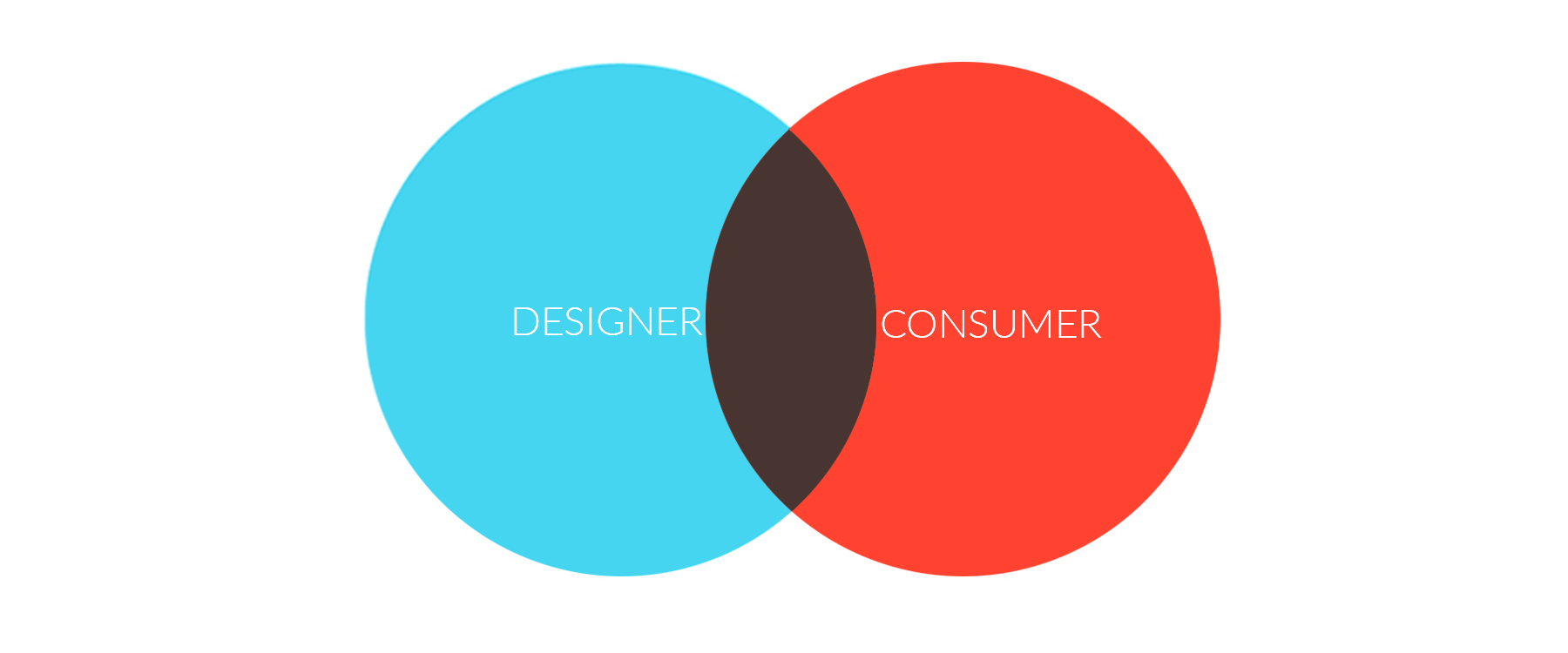
A designer must be empathetic.
On any project before pen is put to paper a designer needs to become the consumer. The ability to place oneself in the consumer’s shoes and experience their successes and frustrations is necessary to create engaging solutions that will drive sales and propel a company to the top of their market.
Use of any product or service can lead to issues that cause frustration and headache for the consumer. A designer’s role is to understand the key issues that surround a problem that occurs because of those conflicts. In order to find a successful solution the designer must be able to remove themselves from their own perspective and put themselves into the consumer’s world objectively. The designer then deciphers the information gathered through a methodical process that leads to innovative solutions.
The difference between consumer and designer in this context is the difference between a subjective and objective approach to the situation. The consumer looks at the problem and asks, “How does this affect me?” Emotions are typically the answers to such questions. The designer must look at the problem objectively removing any preconceived bias and ask themselves “Why does this affect me?” With a simple twist of words and outlook solutions will be the outcome. If a designer cannot put themselves into another person’s shoes then the ability to understand the true nature of the problem will be lost.
“Empathic design is observation and the goal is to identify latent customer needs in order to create products that the customers don’t even know they desire or, in some cases, solutions that consumers have difficulty envisioning due to lack of familiarity with the possibilities offered by new technologies or because they are locked in an old mindset. Empathic design relies on observation of consumers as opposed to traditional market research which relies on consumer inquiry with the intention to avoid possible biases in surveys and questions, and minimizes the chance that consumers will provide false information.”
At Ashcraft Design we employ empathic design to create successful solutions that engage consumers. It is the opportunity to tell the consumer/client’s unique story through design.
Where the consumer or client sees a problem, we see opportunity.
